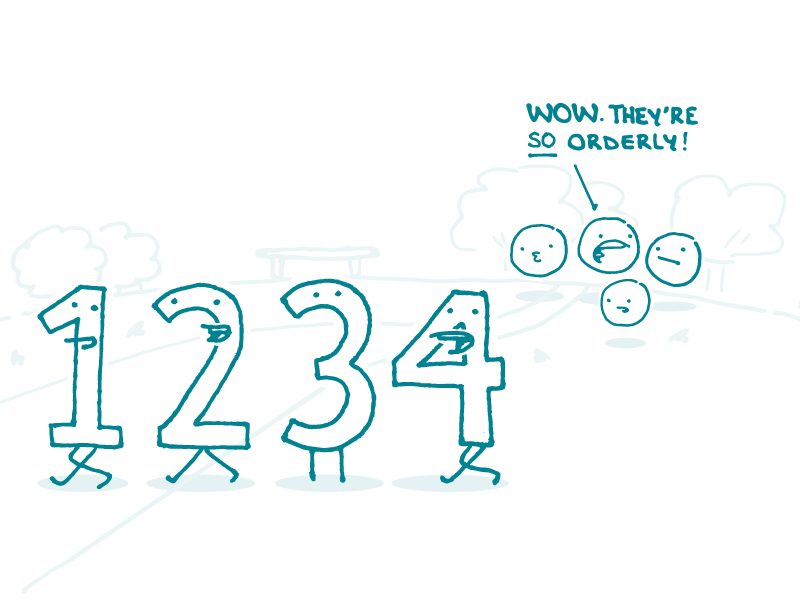
Here at We ❤️ Health Literacy HQ, we ❤️ the bulleted list (no surprise there!). It’s a super helpful tool for breaking up content to make it more digestible and easier to scan. In fact, we’re so fond of lists that we even wrote a post on how to punctuate them!
But there’s another nuance that we haven’t yet tackled, dear readers: the difference between unordered (bulleted) and ordered (numbered) lists. Fortunately, this is one of those cases where we can be pretty darn unambiguous with our guidance. The type of list to use comes down to whether the things you’re listing need to happen — wait for it — in order.
Much of the time, sticking to an unordered list works just fine. Use unordered lists for things like a list of flu symptoms or tips for eating healthy — basically any information that’s related but not sequential. Often it’s a list of action steps, like directions for giving first aid, that you’ll want to use an ordered list for. Check out this example:
Follow these steps to do rescue breathing:
-
-
- Make sure there’s nothing in the person’s mouth
- Tilt the person’s head back by lifting the chin
- Pinch both nostrils shut (…and so forth)
-
The numbers in an ordered list serve as a visual cue that the content is sequential — and that helps readers quickly grasp how to use the information.
If you’re not sure which kind of list your content needs, ask yourself these questions (in no particular order!):
- Is the content a series of steps?
- Would the list be confusing if someone only read part of it?
- Are the list items ranked in importance?
If you answered yes to any of these questions, an ordered list is your best bet. For all other cases, keep it simple and stick with your good ol’ pal, the bullet point.
The bottom line: When order matters, number your list — when it doesn’t, stick with simple bullet points.
Browse recent posts